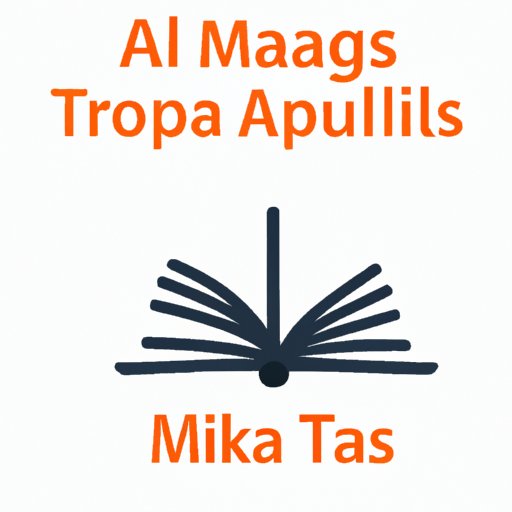
How to MLA Cite a Book: A Step-by-Step Guide for Accurate Citations
When it comes to academic writing, it is crucial to cite sources properly to avoid plagiarism and give credit to the author. The Modern Language Association (MLA) citation is a popular format used to cite sources such as books, articles, and websites. In this article, we will focus on how to MLA cite a book and provide tips for accuracy.
The Step-by-Step Guide to MLA Book Citation
The MLA citation format consists of three main components which are the author’s name, the book title, and the publication details. These are followed by the medium and the date of access (if it’s an online source).
Here’s a step-by-step guide outlining the proper way to cite a book in MLA format:
- Start with the author’s name, last name first, followed by a comma and the first name. If there are two authors, list them both, separated by an “and.” If more than two, list the first author followed by “et al.”
- Next, list the book title in italics, followed by a period.
- Then, list the publisher, publication location, and publication date, separated by commas.
- Finally, indicate the medium of the source, such as “Print,” “E-book,” or “Audiobook.”
- If the source is an online book, add the date of access and the URL (or DOI if available) at the end.
Example: Sacks, Oliver
Example: The Man Who Mistook His Wife for a Hat.
Example: Vintage Books, New York, 1987.
Example: Print.
Example: Accessed 4 May 2021, www.example.com.
It is important to be accurate and consistent when citing sources to avoid errors and confusion.
MLA Book Citation: Tips and Tricks for Accuracy
Common errors found in MLA book citations include misspelled author names, incorrect publication and publisher dates, and mistakes in the book title. These errors can impact the credibility of your work and result in lower grades or errors in published work. Here are some tips for avoiding these errors and improving the accuracy of MLA citations:
- Double-check author names and spellings.
- Check publication details such as publication location and year.
- Use italics for book titles and titles of larger works such as magazines or journals, and use quotation marks for titles of shorter works such as essays or articles.
- Use proper punctuation and abbreviation, such as using periods for initials and commas to separate publication details.
- Be consistent with the format of your citations throughout your work.
By following these best practices, you can improve the accuracy and consistency of your MLA book citations.
An MLA Citation Generator for Books
Citation generators are online tools that help you create citations automatically by inputting the necessary information. While they can be helpful, it’s essential to know the limitations of these tools and to check for accuracy. Some popular MLA citation generators for books include:
- Citation Machine
- BibMe
- EasyBib
- Cite This For Me
However, keep in mind that citation generators might not be 100% accurate, and it’s crucial to double-check the citations for inconsistencies or errors.
MLA Citation: Understanding the Rules for Citing Books
The MLA citation rules for citing books might vary depending on the edition or type of book. It’s essential to understand the rules to ensure accurate and consistent citations for different types of books.
For example, to cite an edited book, include the editor’s name after the book title and use “Edited by” to indicate that they edited the book.
For citing textbooks, it’s essential to include the author, title, edition, publisher, publication date, and medium.
By understanding the rules for citing different types of books, you can ensure that your MLA citations are accurate and consistent.
Examples of MLA Book Citations for Common Book Formats
There are different book formats such as ebooks, print books, and audiobooks, and each format has specific citation rules. Here are some examples of MLA book citations for common book formats:
- Print book:
- Ebook:
- Audiobook:
Example: Sacks, Oliver. The Man Who Mistook His Wife for a Hat. Vintage Books, New York, 1987. Print.
Example: Obama, Barack. A Promised Land. Crown, 2020. ProQuest Ebook Central, doi: 10.100/1000.
Example: Harari, Yuval Noah. Sapiens: A Brief History of Humankind. Harper Collins, 2014. Audiobook.
By following the specific citation rules for each book format, you can ensure that your citations are accurate and consistent.
Conclusion
In conclusion, this article provided a step-by-step guide on how to MLA cite a book and discussed tips and tricks for accuracy. It also covered MLA citation generators for books, the rules for citing different types of books, and examples of MLA book citations for common book formats. By following these guidelines, you can ensure that your citations are accurate, consistent, and credit the author properly.
Use this article as a resource to help you create MLA book citations and avoid common errors, resulting in credible, accurate, and professional work.




